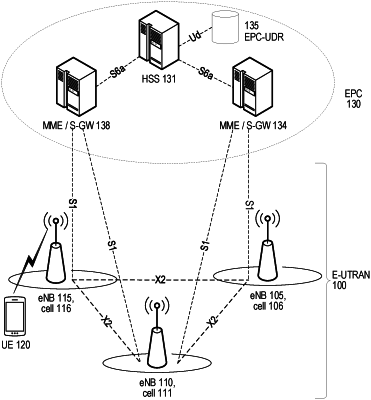| CPC H04W 72/23 (2023.01) [H04W 72/12 (2013.01)] | 24 Claims |

|
1. A method, performed by a network node of a wireless network, for scheduling user equipment (UEs) served by the network node, the method comprising:
transmitting, to a UE, a configuration including one or more time-domain resource allocations (TDRAs), wherein:
the one or more TDRAs each include a first scheduling offset and a second scheduling offset between a scheduling message and a signal or channel scheduled via the scheduling message, and
a second minimum value of the second scheduling offsets is greater than a first minimum value of the first scheduling offsets; and
subsequently transmitting to the UE:
an indication of whether the UE should use the first scheduling offsets or the second scheduling offsets, and
a first scheduling message that schedules a first signal or channel for the UE according to the indication, wherein:
the first scheduling message is transmitted as downlink control information (DCI) in a physical downlink control channel (PDCCH);
the indication is a type of radio network temporary identifier (RNTI) used to scramble a cyclic redundancy check (CRC) of the DCI;
a paging RNTI indicates that the UE should use the second scheduling offsets; and
a non-paging RNTI indicates that the UE should use the first scheduling offsets.
|